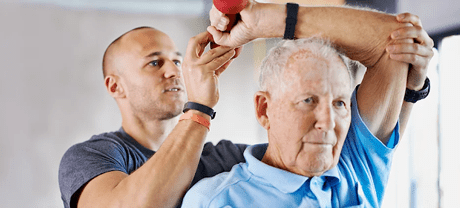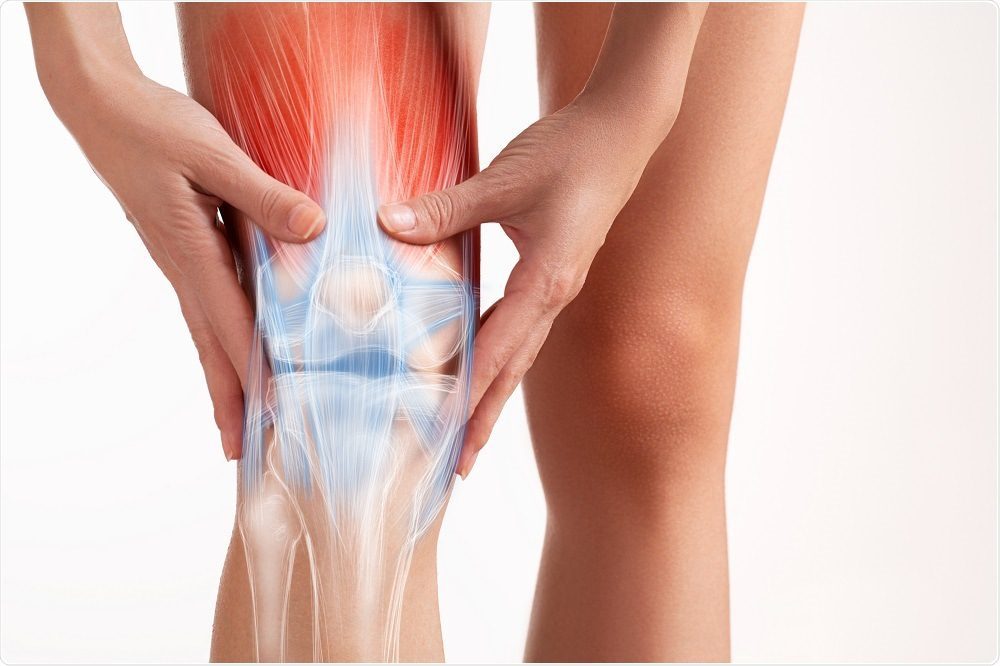You likely have a musculoskeletal injury if you’re experiencing muscle or joint pain that doesn’t get better with rest and medication. Use the principle of RICE which is rest, ice, compression, and elevation to reduce pain and inflammation. Ice therapy or cryotherapy helps in reducing pain, inflammation and swelling in acute stage.
What Causes Muscles to Become Injured?
The most common cause of muscle and joint injuries is trauma. Trauma can be caused by sports injuries, accidents, or everyday activities like gardening. Muscle and joint damage can also result from degenerative and rheumatic conditions like arthritis, lupus, and fibromyalgia. If you experience muscle or joint pain, you must see your GP to rule out any serious health problems. In cases of severe muscle or joint damage, surgery may be necessary when conservative treatments are not successful in achieving pain management and optimum function. Post-surgical rehabilitation has significant impact on improving the range of motion, flexibility, and strength in the operated area.
Common cause of muscle and joint injuries:
- Sprains and strains: Muscular sprains and strains can be caused due to twists, falls which causes soft tissue damage to muscles, tendons, ligaments, and joints. It can range from twisted ankle to pulled hamstrings.
- Trauma: This can be due to fall, road traffic accident, pull or push. You likely have a fracture if you experience extreme pain when moving a particular body part. You may be referred for x-ray or MRI for diagnosis. The treatment can range from conservative to surgical management
- Weak musculature: Weak muscles and tendons affect joint stability resulting in musculoskeletal injuries like tendinitis, tennis elbow, bursitis.
- Arthritis: Degenerative conditions like osteo-arthritis causes pain, inflammation, and joint stiffness. Arthritis can be caused because of overuse or autoimmune conditions. Types of arthritis includes rheumatoid arthritis and infective arthritis which affects the mobility and function.
- Sports injuries: Sports injuries can involve any body part, including the muscles and joints. These injuries may cause pain and inflammation, leading to muscle and joint damage.
- Work-related injury: Recurrent neck and back pains are prevalent amongst Individuals having desk- based sedentary jobs. This can result in reduced flexibility, pain, stiffness due to poor ergonomics at work.
When Should Someone See a Physiotherapist
The following symptoms post-injury that does not improve a couple of days after trauma need assessment by a musculoskeletal Physiotherapist:
- Swelling or redness around the injured area
- Pain on movement
- Difficulty moving the injured area
- Tightness in the muscles
- Stiffness in joints
What does a Physiotherapist do in musculoskeletal injuries:
- Reduce pain and swelling: The first line of advice is use of ice on the injured muscle and joint to reduce inflammation, redness and swelling.
- Improve flexibility: Physiotherapists are able to develop a stretching plan for individuals with tight muscles to improve pain and pliability
- Postural control: Poor posture can be as a result of weak upper body and core muscles. Musculoskeletal Physiotherapists can develop exercise plan to strengthen the weak areas and improve postural control
- Gait training: Mobility can get affected due to muscle and joint injuries. Advice to use the appropriate aids in a correct way is of paramount importance. Gait progression is also important to regain normal mobility
- Muscle strengthening: Weak muscles are prone to injury which has a profound effect on everyday life. Musculoskeletal Physiotherapists are skilled at identifying the areas needing strengthening which reduce the risk of injuries and allows you to do the things that matter the most
- Advice to prevent injuries: Musculoskeletal Physiotherapists are able to provide advice to reduce back and neck injuries by giving advice to avoid the postures that result in injury. As they say prevention is better than cure, this will help to reduce the risk of getting sprains, strains, and muscle tears by avoiding any harmful movements.
Conclusion
As someone with muscle and joint injuries, you are likely aware of the potential consequences of not seeing a doctor. Although most cases of musculoskeletal pain can be managed at home, it is essential to seek medical attention if the pain persists or worsens, an infection is involved, or if you have significant changes in your strength or movement. Provide your Physiotherapist as much information as possible during the assessment of injury to ensure optimum treatment.



